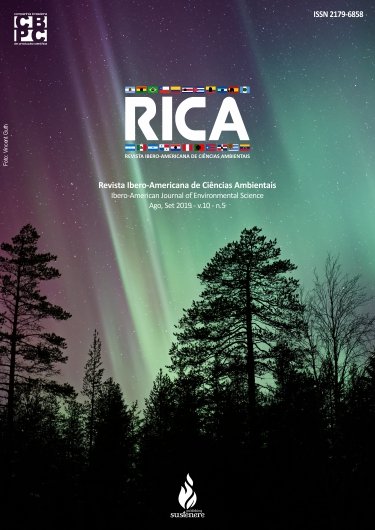Phenotypic variability and agronomic traits of açaí tree matrices in the state of Pará, Brazil
DOI:
https://doi.org/10.6008/CBPC2179-6858.2019.005.0007Palabras clave:
Euterpe Oleracea Mart., Anthocyanins, Germplasm, Truncated Selection, Genetic ImprovementResumen
Açaí palm (Euterpe oleracea Mart.) is a native palm tree from the Eastern Amazon, Brazil. It is considered an economically viable source of anthocyanins for the dye and medicine industries. This study aimed to estimate the phenotypic variability and to select genotypes for genetic improvement. Descriptive statistics were used to estimate phenotypic variability. Truncated selection was performed for fruit production per bunch. The collected samples presented the highest fruit yield per cluster of all studied region. Number of fruits per cluster and stem circumference are possibly controlled by few genes. longitudinal fruit diameter may have recessive genes that are decreasing fruit size. Fruit weight, seed weight, pulp weight, number of stem per plant, total cluster length, fruit weight per cluster and pulp yield per fruit presented frequency distribution in favor of heterozygotes. There some characteristics controlled by few genes, with evidence of selection and spontaneous domestication of the matrices.
Descargas
Descargas
Publicado
Número
Sección
Licencia
La CBPC - Companhia Brasileira de Produção Científica (CNPJ Brasil: 11.221.422/0001-03) tendrá los derechos materiales de los trabajos publicados. Los derechos se refieren a la publicación del trabajo en cualquier parte del mundo, incluyendo los derechos a las renovaciones, expansiones y diseminaciones de la contribución, así como otros derechos subsidiarios. Todos los trabajos publicados electrónicamente podrán posteriormente ser publicados en colecciones impresas bajo coordinación de esta empresa y / o sus socios. El (los) autores (as) conservan los derechos de autor, pero no están autorizados a publicar la contribución en otra medio, impreso o digital, en portugués o traducción.









